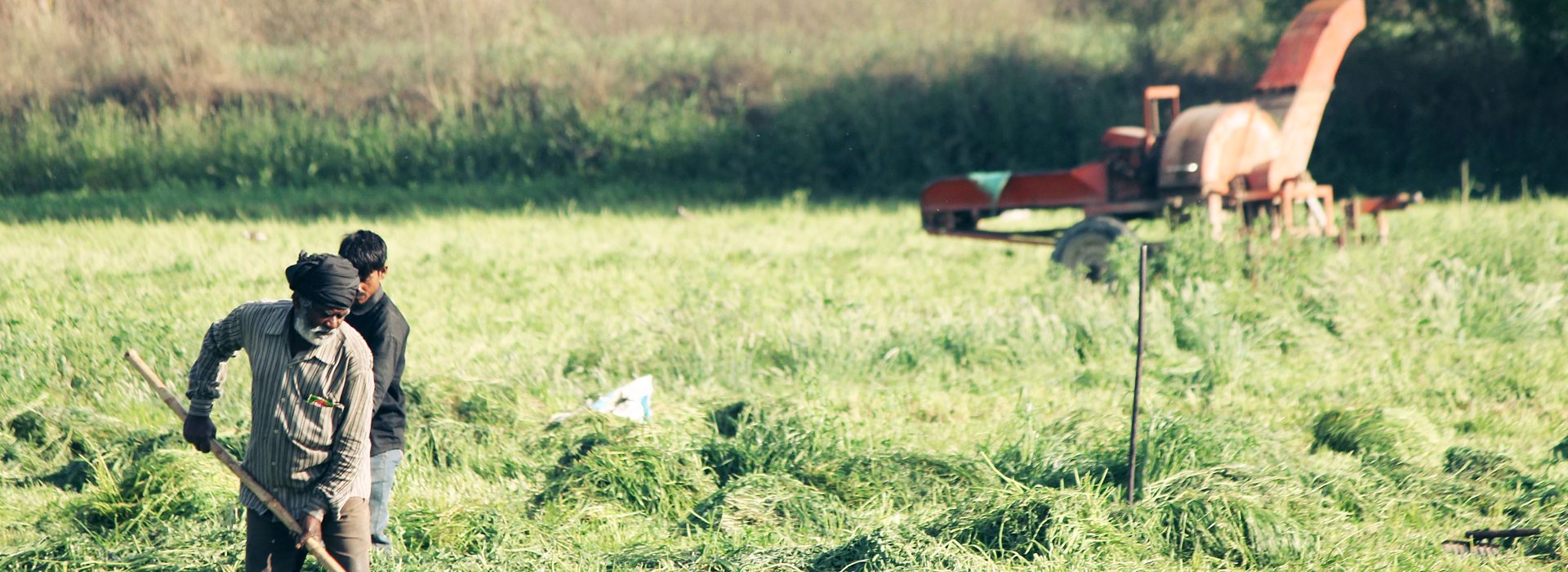In the world of agriculture, the practice of tillage has been a long-standing tradition. However, as we continue to learn more about the impacts of our farming practices on the environment, a new approach has started to gain traction – no-till farming. This method, which eliminates the need for turning the soil before planting crops, has been shown to bring about significant changes in farming and its outcomes. This blog post will delve into the transformative power of no-till farming, as discussed in the enlightening video “How No-Till Changes a Farm” by No-Till Growers.
The Impact of No-Till Farming
- Reduced Weed Pressure: One of the most significant changes brought about by no-till farming is the reduction in weed pressure. When the soil is not turned over regularly, and when it is covered with a diversity of mulches, fewer weeds appear. This is because the soil, when left undisturbed, does not need to replenish itself with weeds, which are often nature’s way of covering bare soil. Additionally, many weed seeds require light to germinate, which they do not receive when buried under mulch.
- Reduced Labor: With the reduction in weed pressure comes a reduction in labor. No longer do farmers need to spend long hours under the sun cultivating the land. Instead, they can focus on the primary tasks of farming – planting and harvesting.
- Year-Round Planting: No-till farming allows for planting at any time of the year. Unlike tillage farming, where one has to wait for the soil to dry before it can be worked, no-till farming allows for immediate planting after a crop has been harvested. This not only provides an economic advantage by staying ahead of other growers but also helps in spreading the workload more evenly.
- Improved Soil Health: No-till farming also leads to healthier soil. By not disturbing the soil structure and by using mulches, the soil retains moisture for longer periods, and its health is maintained. This leads to healthier plants and, consequently, better yields.
- Reduced Pest and Disease Pressure: Another significant change brought about by no-till farming is the reduction in pest and disease pressure. Healthy soil leads to healthy plants, which are less likely to be affected by pests and diseases. While no-till farming does not eliminate all pest and disease issues, it does make them less of an obstacle to successful farming.
- Increased Enjoyment and Sustainability of Farming: Perhaps one of the most profound changes brought about by no-till farming is the increased enjoyment and sustainability of farming. With reduced labor and improved yields, farming becomes less of a chore and more of a joy. Moreover, no-till farming is more sustainable, leading to healthier soil and a healthier environment.
Conclusion
No-till farming is more than just a new method of farming; it’s a revolution in agriculture. It changes the way we view the soil, the way we work the land, and the way we think about farming. By reducing labor, improving soil health, and making farming more enjoyable and sustainable, no-till farming is indeed changing the face of agriculture. As we continue to seek ways to feed our growing population while also caring for our planet, no-till farming offers a promising path forward.












